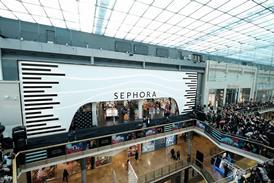Analysis: Signet enjoys sales growth in 2012
By Caroline Parry2012-09-21T07:00:00

Sales have been growing at the jeweller’s UK arm after a tough period.
Already have an account? Sign in here
Want to read more?
Register for LIMITED guest access
Register now© William Reed Ltd 2025. All rights reserved.
Registered Office: Broadfield Park, Crawley RH11 9RT. Registered in England No. 2883992. VAT No. 644 3073 52.
Website Terms | Privacy Notice | Cookie Statement | Cookie Preferences
Registered Office: Broadfield Park, Crawley RH11 9RT. Registered in England No. 2883992. VAT No. 644 3073 52.
Website Terms | Privacy Notice | Cookie Statement | Cookie Preferences
Site powered by Webvision Cloud


















